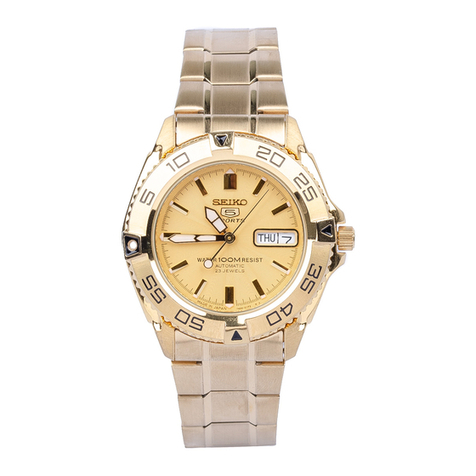Seiko 6R15 User manual
Other Seiko Watch manuals

Seiko
Seiko GPS SOLAR ASTRON 5X53 Assembly instructions
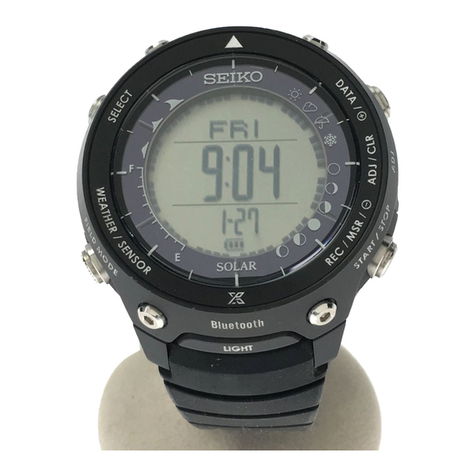
Seiko
Seiko S833 User manual
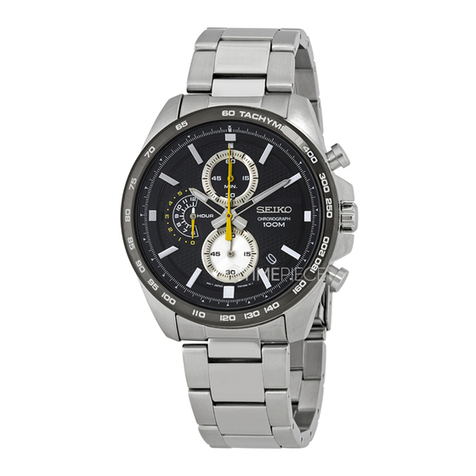
Seiko
Seiko SSB261P1 User manual

Seiko
Seiko H024A Quick start guide
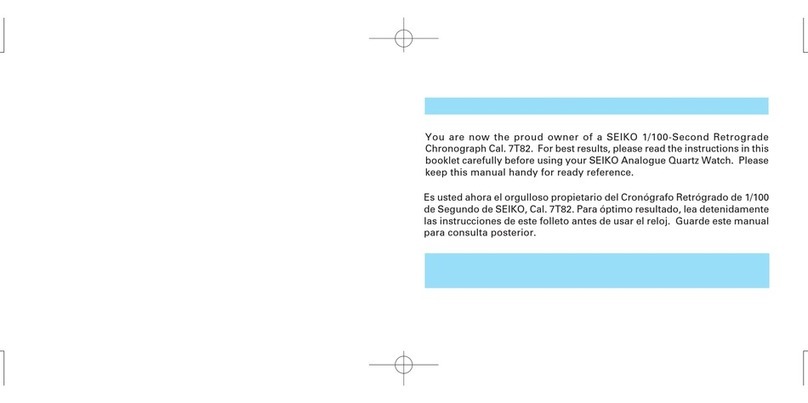
Seiko
Seiko 7T82 User manual
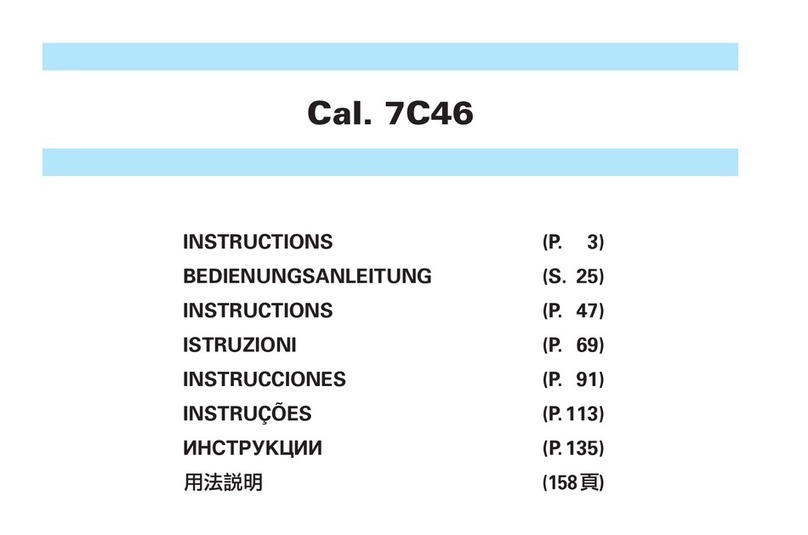
Seiko
Seiko 7C46 User manual

Seiko
Seiko MOMENTUS CC238 User manual

Seiko
Seiko 2A27 User manual
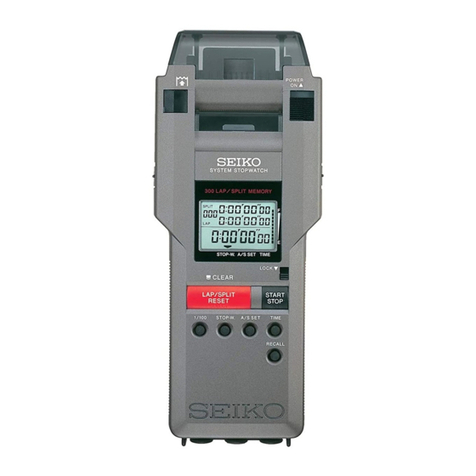
Seiko
Seiko S149 User manual

Seiko
Seiko Prospex SNE577P User manual
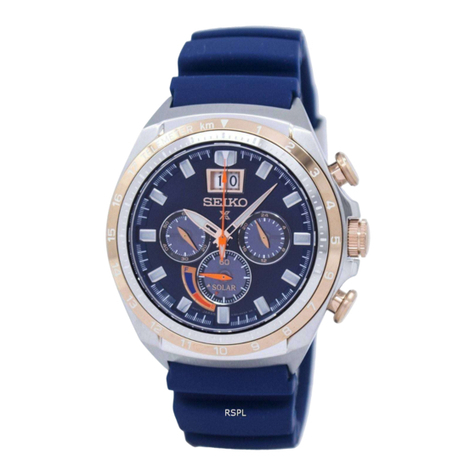
Seiko
Seiko V194 User manual
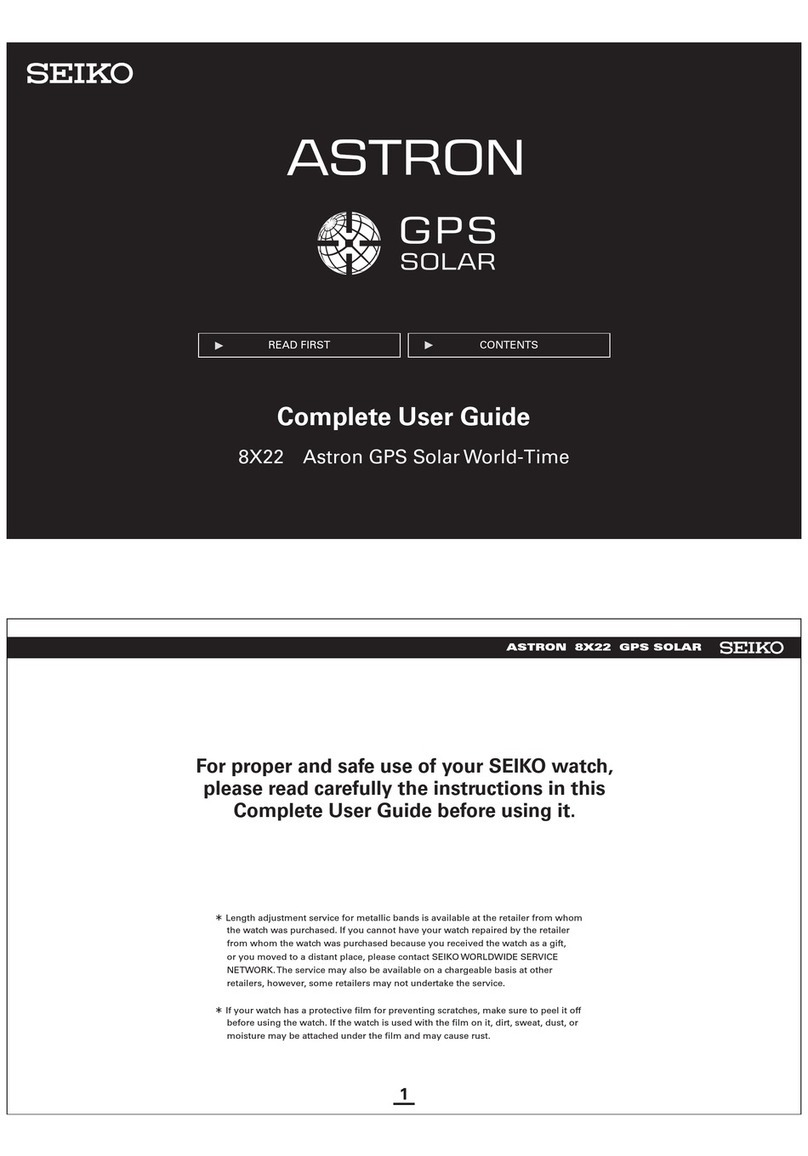
Seiko
Seiko ASTRON 8X22 User manual
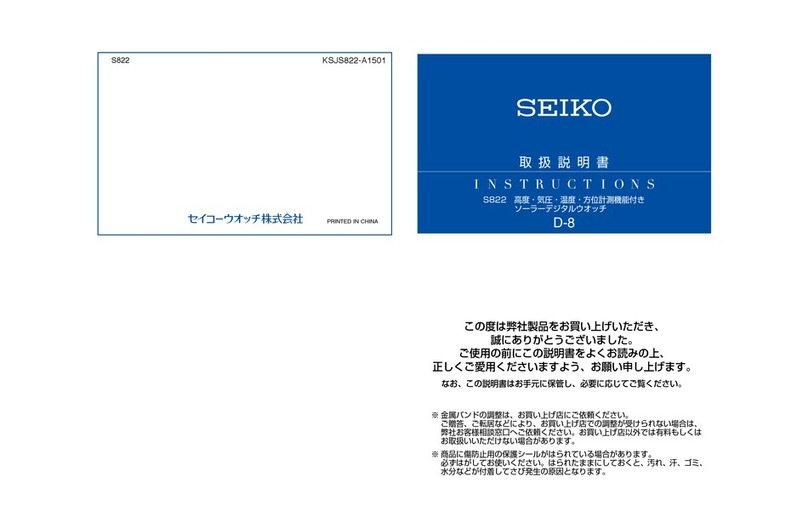
Seiko
Seiko S822 User manual
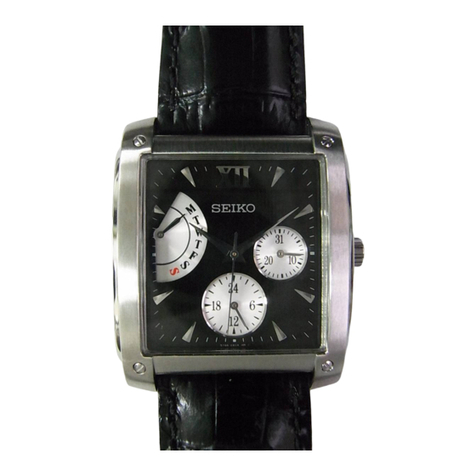
Seiko
Seiko 5Y66 User manual
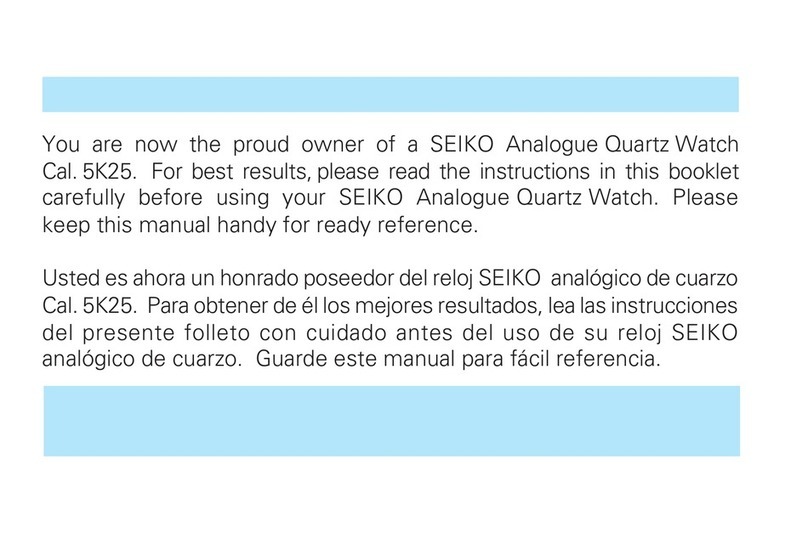
Seiko
Seiko 5K25 User manual

Seiko
Seiko 7N32C Quick start guide

Seiko
Seiko King Seiko SPB365J User manual

Seiko
Seiko 8V22A Installer manual

Seiko
Seiko 6A32 Installer manual

Seiko
Seiko W524 User manual
Popular Watch manuals by other brands

Casio
Casio QW 5513 Operation guide

Piaget
Piaget 560P Instructions for use

Armitron
Armitron pro sport MD0346 instruction manual

West Marine
West Marine BlackTip 13411293 Instruction Booklet and Care Guide

Jaeger-leCoultre
Jaeger-leCoultre HYBRIS MECHANICA CALIBRE 184 manual

FOREVER
FOREVER iGO PRO JW-200 user manual


